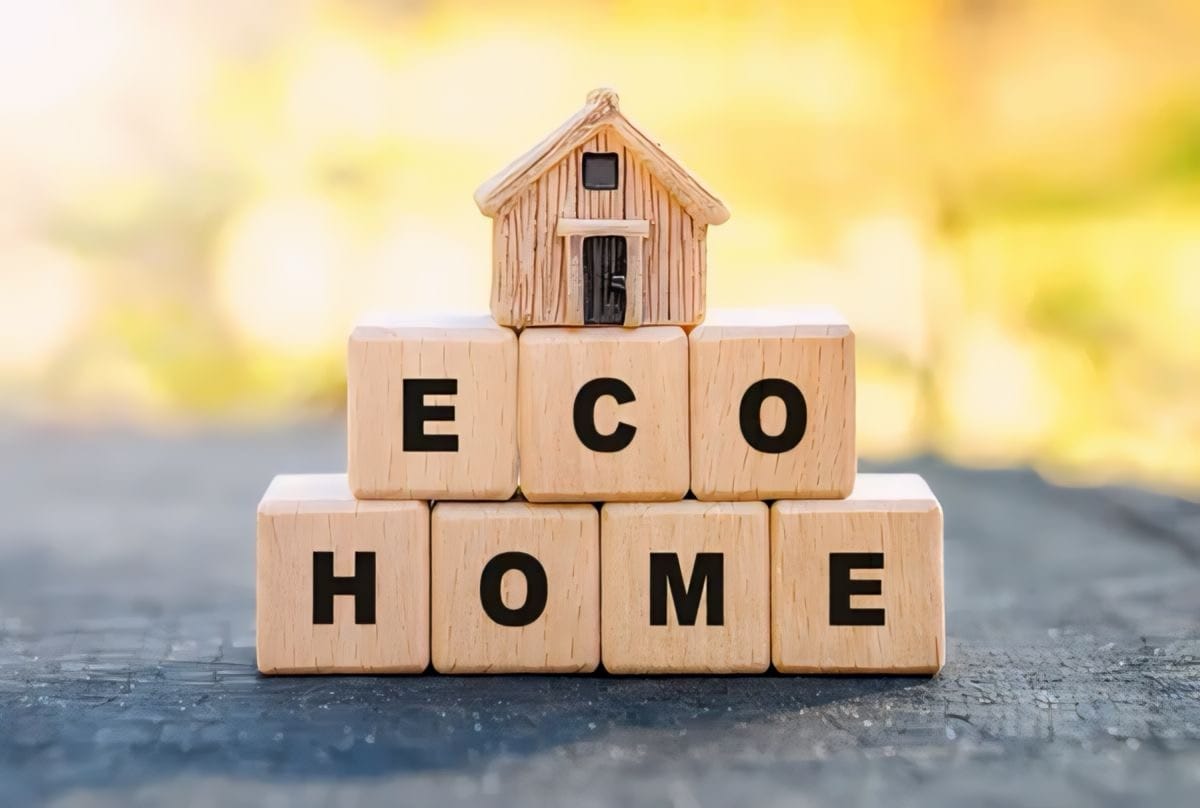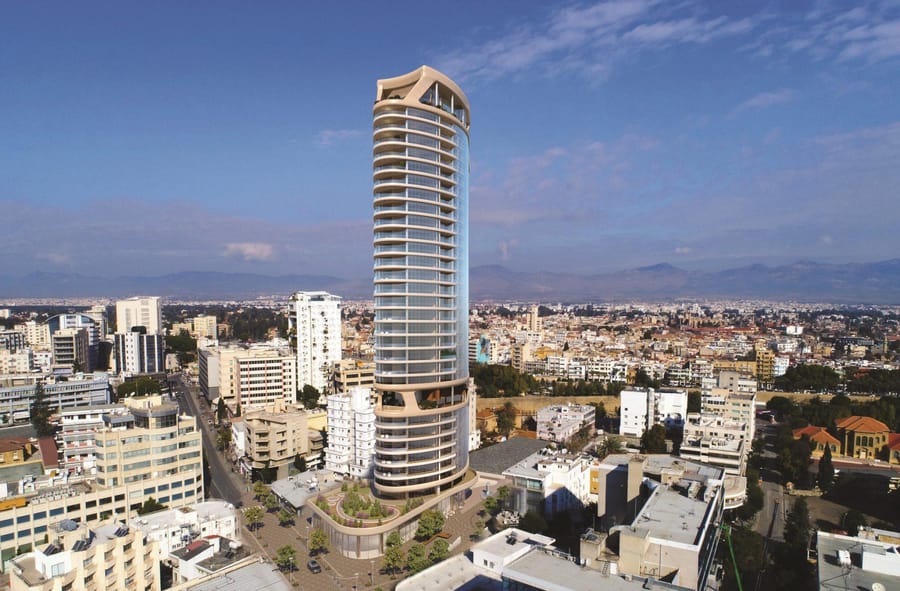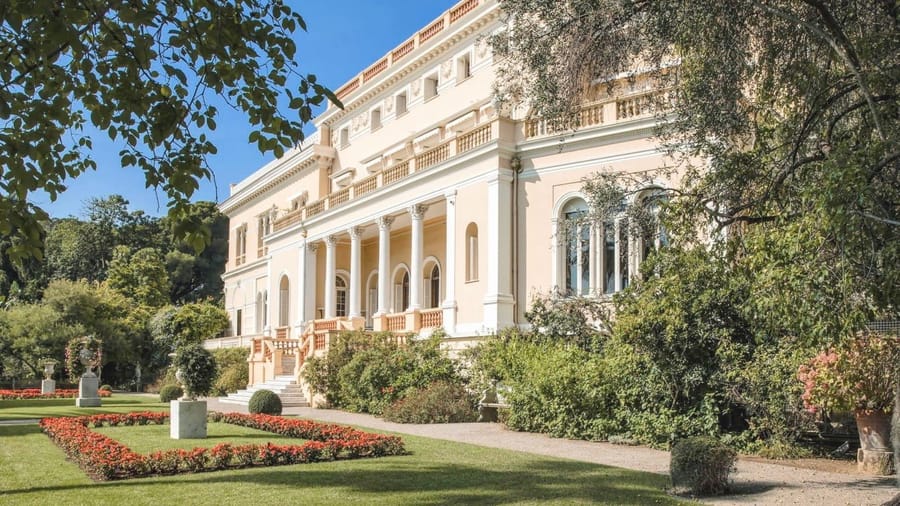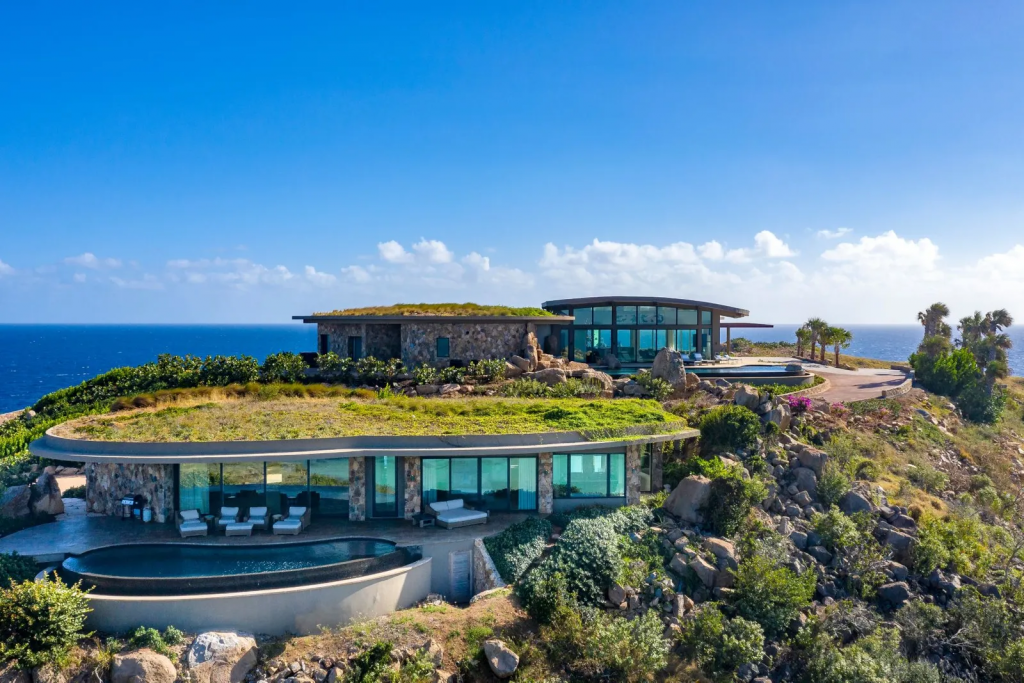Eco-houses are not only a trend, but also our future. It is through understanding the need for a sustainable lifestyle that our efforts to reduce our carbon footprint and live in harmony with the planet are reflected. This is possible thanks to eco-friendly style and construction practices that help reduce the impact on nature, increase energy efficiency and improve the quality of life.
Building a greener home benefits the environment while also saving money on energy, water, and system and appliance maintenance. We shall explain how this happens and what the characteristics of these dwellings are below.
Basic Principles in the Construction of an Eco-Friendly House
Eco-houses are based on the laws of respect for natural resources through optimized use of energy and water. It is a house equipped with high-quality systems that ensure durability and use highly efficient (in terms of production, delivery, and installation) materials.

As early as the design stage of construction, you should carefully consider such features as:
- Planning and design
Design your home to suit the local climate and environmental conditions using a format that maximizes natural light and heat.
- Choice of materials
Choose materials with a long service life and minimal environmental impact, and avoid those with high levels of chemicals or toxins.
- Energy-efficient complex
Use lighting fixtures such as LED bulbs, or you can invest in renewable energy sources (such as solar panels) or install energy-efficient HVAC systems to minimize energy consumption.
- Water conservation
Use rainwater harvesting and reuse systems and install low-flow plumbing fixtures. For landscaping, plant plants that require minimal watering.
- Reduce waste
Use elements that can be recycled or disposed of afterward. This will have a minimal impact on the environment. Develop a principles for sorting and recycling household waste at home.
These steps can benefit not only your household but also the planet as a whole. But how do you go about incorporating eco-friendly design into your home? Anisad has already prepared the answer.
Principles of Eco-House Design
Ecological design is based not only on minimizing the negative impact on the environment but also on improving the quality of life of residents. This is achieved by providing comfortable living conditions and reducing operating costs. This is realized through such features as:
- Energy efficiency is ensured at the expense of:
- window systems (guarantee of heat loss reduction);
- solar panels (electricity generation);
- energy-efficient devices with low energy consumption.
- The quality of the internal environment can be improved by using materials that do not emit toxic substances and decorating the home with indoor plants.
- Saving water resources is due to the installation of bathrooms with low water consumption.
- Use of local materials to reduce emissions from transportation.
- Integration with nature by planting plants indoors and outdoors to improve the microclimate.
- Naturalness. The format of eco-houses is based on the maximum consumption of daylight for indoor use. A special ventilation is created to circulate fresh air in the dwelling.
Eco-friendly design elements can be easily added to the interior of even an existing home, and you can enjoy all the benefits of a sustainable lifestyle.
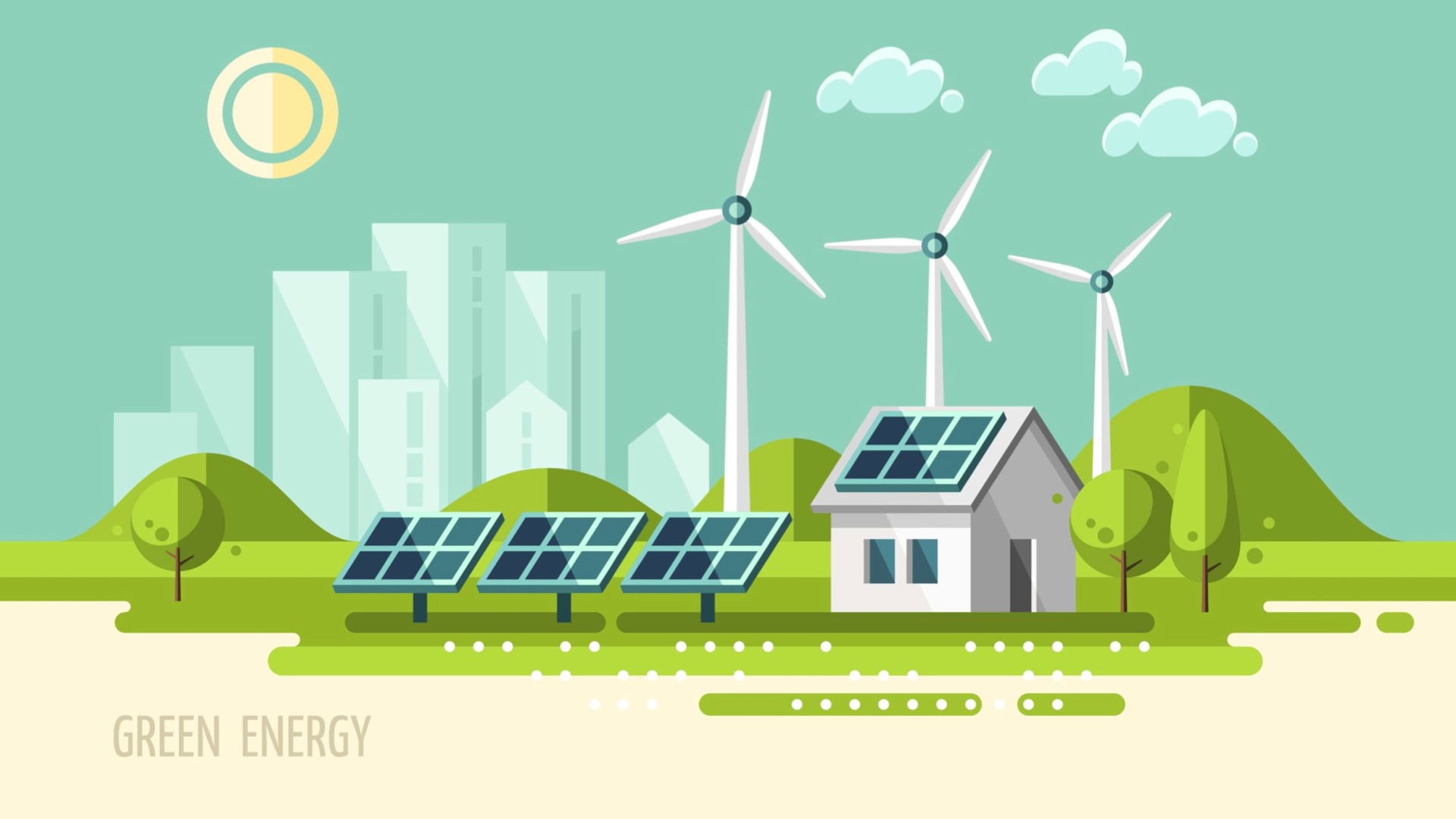
Benefits of Eco-Friendly Housing
The benefits of building an environmentally friendly home are permanent and worthy of attention. Among them:
- Cost savings
This is done by using energy-efficient appliances, insulation elements and renewable energy systems, as these can significantly reduce your heating, cooling and electricity costs.
- Improved health and comfort
Environmentally friendly materials, ventilation, and indoor plants improve air quality, which contributes to the health of occupants and creates thermal comfort, regardless of external weather conditions.
- Increased property value
Eco-friendly buildings are more attractive in today’s market, which is why their value is much higher.
This is all thanks to the fact that they have:
- low operating costs;
- environmental benefits;
- are durable, reducing the cost of possible repairs or maintenance.
- Positive impact on the environment
Renewable energy sources and energy-efficient systems significantly reduce greenhouse gas emissions.
- Social benefits
Healthy and comfortable living conditions contribute to improving the quality of life of residents and raising awareness of environmental issues, which leads to a change in behavior towards more environmentally friendly ones.
- Innovations and technologies
Only innovative solutions are chosen for construction, and this in turn contributes to the development of technological progress and increased efficiency in the use of resources.
- Aesthetics
The format of eco-friendly buildings is quite modern, which makes them particularly attractive.
Eco-friendly design and building practices are important tools in creating a sustainable and healthy environment for future generations. Adopting sustainable construction principles will help reduce the negative impact on the environment, reduce the cost of operating a building and improve the quality of life for its residents.
What Eco-Friendly Materials and Technologies Can Be Used in the Construction of an Eco-House?
When building a house using ecological technologies, the following natural components are preferred: wood, clay, stone. Energy-saving technologies such as solar panels, heat pumps, heat recuperators, green roofs and rainwater harvesting systems are also widespread.
What Should Be Considered When Planning an Eco-House?
Location is the basis of proper construction. It is critical to choose a location that will maximize sunlight. It is also essential to develop energy and drainage systems and ensure good insulation to minimize heat loss.
What Are the Health Benefits of Eco-Houses?
Given the fact that non-toxic building materials are used, good ventilation and natural light are provided, which primarily reduces the risk of allergies and respiratory diseases.

